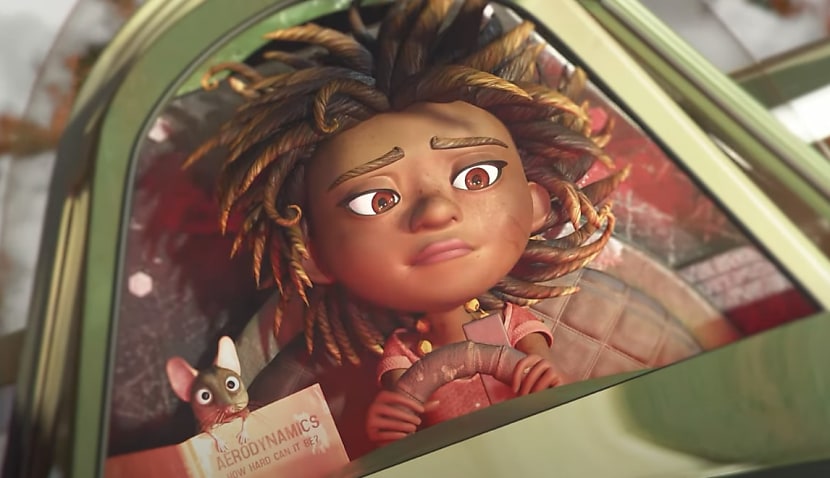
“Jarli” was laser-etched onto a sensor co-developed by Western Sydney University and then transported to the ISS via SpaceX’s Falcon 9 CRS-24 mission.
It will now live on the facility where it will transmit neuromorphic data back to Earth in a world first.
Jarli’s journey to the ISS was documented in a short film that tracked its development, from the early design in Australia through to the stringent testing in Houston by the US Space Force, and finally its installation on the ISS.
Jarli first came into existence last year, when a seven-minute animated film was produced by the Animal Logic Academy at UTS for the Royal Australia Airforce in collaboration with First Nations storytellers.
The film was designed to inspire young Australians to embrace a career of discovery in the STEM fields.
Speaking about the character, Chief Defence Scientist Professor Tanya Monro AC said that Jarli had struck a chord with Australians, embodying the characteristics the next generation would harness to achieve great things.
“It is so inspiring for Australian children, particularly First Nations children, to see clever Australian inventions driving collaboration with the US Space Force and NASA.
“For us to achieve our ambitions, the development of an Australian workforce with the necessary STEM skills is critical,” said Professor Monro.
Jarli is one of several initiatives that form part of a greater strategy to develop Australia’s sovereign space industry.
Defence Space Commander Air Vice-Marshal Cath Roberts said that the ADF had invested $7 billion to develop sovereign space capabilities over the next 10 years.
“The size of Australia’s civil space sector is set to triple by 2030, with projections of more than 20,000 jobs being created.
“Today’s Australian primary school children will be starting jobs or higher-level education by 2030, and we need to ignite their passion for space. Jarli shows children how their STEM studies, combined with boldness and a can-do attitude, will open up many opportunities for their future,” she said.
The team that created the sensors was led by associate Professor Gregory Cohen, the lead researcher at WSU’s International Centre for Neuromorphic Systems.
The team has since developed their technology into a product called Astrosite, which has been selected to join a defence and security accelerator program run by the US Department of Defence.

Liam McAneny
Liam McAneny is a journalist who has written and edited for his University International Relations journal. He graduated with a Bachelor of Arts (International Relations) and Bachelor of Laws from the University of Wollongong in 2021. He joined Momentum Media in 2022 and currently writes for SpaceConnect and Australian Aviation. Liam has a keen interest in geopolitics and international relations as well as astronomy.
Send Liam an email at: [email protected]
Receive the latest developments and updates on Australia’s space industry direct to your inbox. Subscribe today to Space Connect here.









